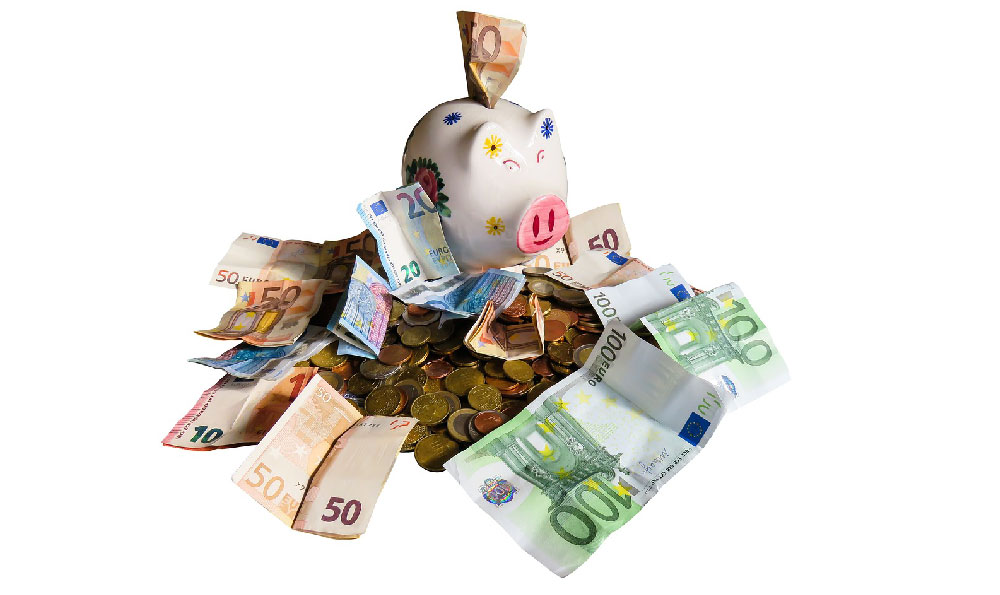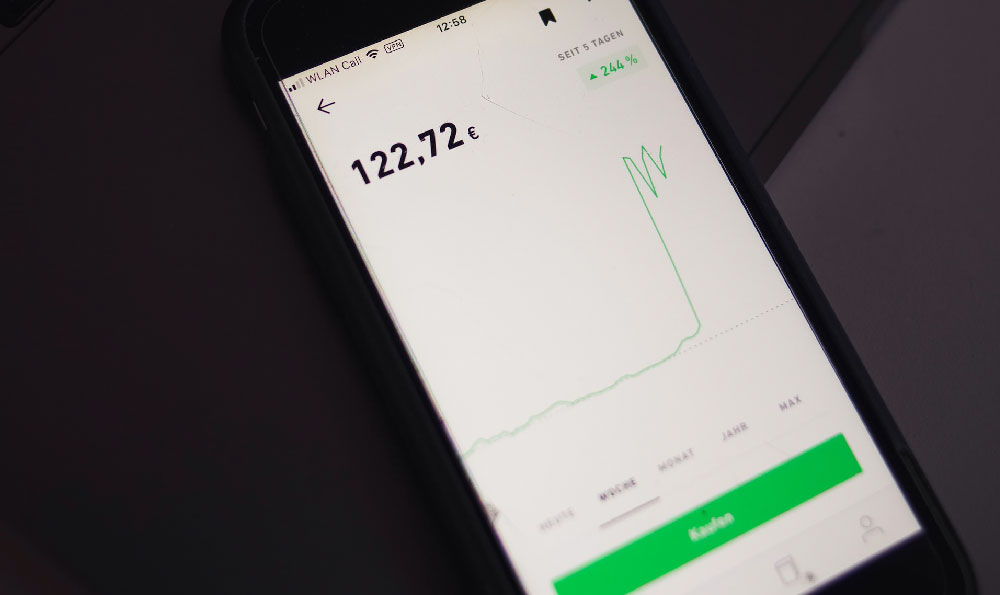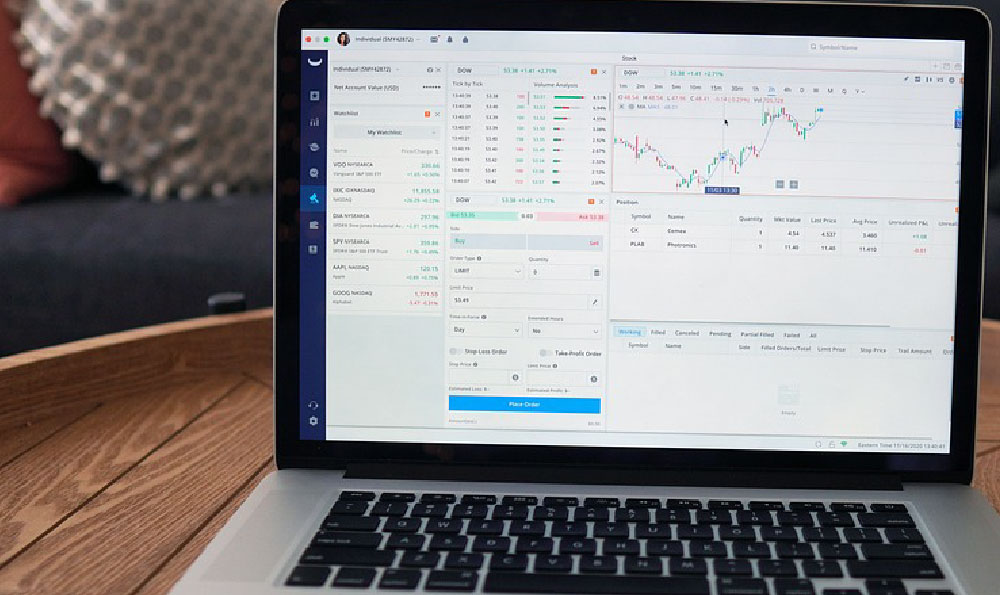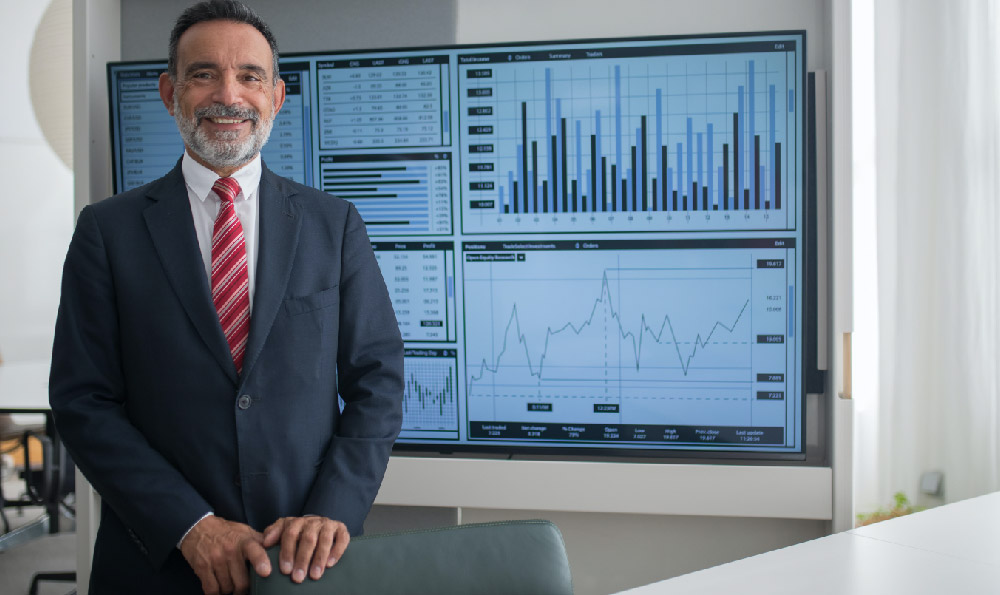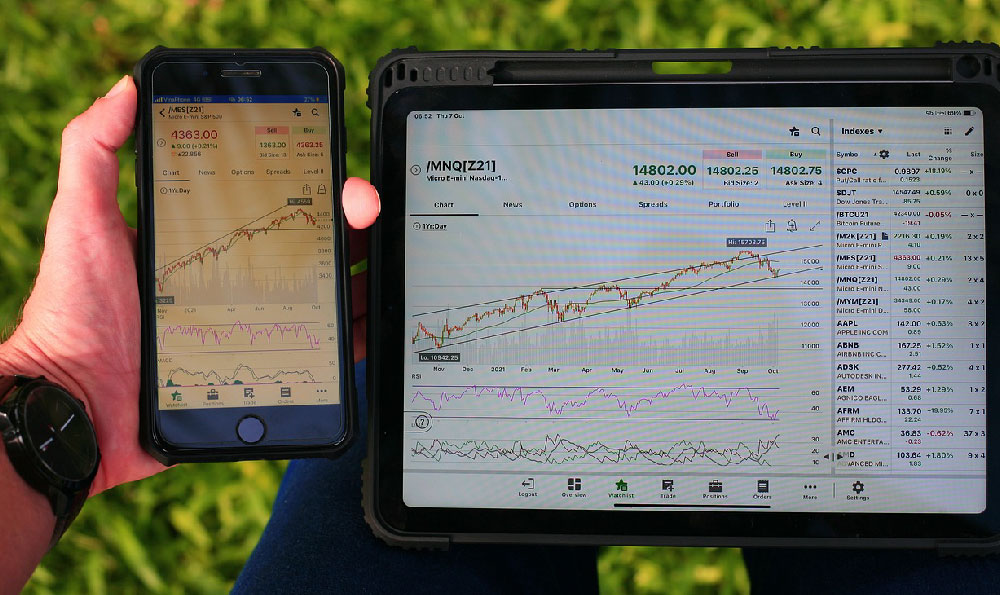Car dealerships, seemingly straightforward businesses, actually operate with a multi-faceted profit model far more intricate than simply selling cars at a markup. While financing plays a significant role, it's just one cog in a complex machine designed to maximize revenue streams. Understanding these diverse avenues can shed light on the entire car-buying process and empower consumers to negotiate more effectively.
The most obvious source of dealership profit is, of course, the sale of the vehicle itself. The difference between the manufacturer's suggested retail price (MSRP) and the dealer's actual cost for the vehicle represents the potential gross profit. However, this "sticker price" is rarely the final selling price. Negotiations, manufacturer incentives, rebates, and market conditions all influence the final figure. Dealers must balance maximizing profit with moving inventory quickly, as holding costs (interest on loans for inventory, storage, etc.) can eat into their earnings. The pressure to meet sales quotas, often tied to manufacturer bonuses, can also lead dealers to prioritize volume over pure profit margin on individual vehicles. New car margins tend to be thinner than most customers believe, often hovering around 3-5% of the selling price, especially on high-volume models.
Used car sales often offer higher profit margins than new car sales. This is because the dealer has more control over the acquisition cost. They can acquire used cars through trade-ins, auctions, or direct purchases. Unlike new cars with a set MSRP, used car pricing is largely determined by market demand, condition, mileage, and comparable sales data. Dealers meticulously assess each used car's condition and invest in reconditioning (repairs, detailing, etc.) to increase its appeal and perceived value. The difference between the acquisition cost, reconditioning expenses, and the selling price can result in a significantly larger profit margin compared to new vehicles, sometimes reaching double-digit percentages. The ability to accurately assess a used car's value and efficiently manage reconditioning costs is crucial for maximizing profitability in this segment.

Financing is undoubtedly a significant profit center for car dealerships. Many dealerships have dedicated finance and insurance (F&I) departments whose sole purpose is to arrange financing for customers and sell ancillary products. When a customer finances a vehicle through the dealership, the dealer typically acts as an intermediary between the customer and a lending institution (bank, credit union, or the manufacturer's captive finance arm). The dealership earns a commission, known as a "finance reserve," from the lender for originating the loan. This commission is usually a percentage of the loan amount, and it can vary depending on the customer's creditworthiness, the loan term, and the prevailing interest rates.
However, the potential for profit in financing extends beyond simply earning a commission. Dealers can also mark up the interest rate offered to the customer. The lender provides the dealer with a "buy rate," the interest rate at which they are willing to finance the loan. The dealer is then free to offer the customer a higher interest rate, keeping the difference as additional profit. This practice is legal, but it's essential for customers to be aware of it and to shop around for the best interest rate independently. Customers should compare loan offers from multiple lenders, including their own bank or credit union, to ensure they are getting a competitive rate.
Beyond interest rate markups, F&I departments generate substantial revenue by selling a variety of add-on products and services, including extended warranties, gap insurance, paint protection, fabric protection, and maintenance packages. These products often carry high profit margins, sometimes exceeding 50%. While some of these products may provide genuine value to the customer, it's crucial to carefully evaluate their necessity and cost. Dealers are skilled at presenting these products as essential for protecting the customer's investment, but often they are overpriced and redundant, especially considering the manufacturer's existing warranty coverage. It's always wise to research these products independently before making a purchase and to negotiate their price.
The service department is another crucial source of revenue for car dealerships. Routine maintenance, repairs, and parts sales contribute significantly to the dealership's overall profitability. While warranty work is typically reimbursed by the manufacturer at a lower rate, service departments can charge higher prices for non-warranty repairs and maintenance. Customers often choose to service their vehicles at the dealership, especially during the warranty period, to ensure that repairs are performed by certified technicians using genuine parts. However, it's important to compare service prices with independent mechanics, as dealerships often have higher labor rates. Building strong customer relationships and providing excellent service are key to retaining customers and generating repeat business in the service department.
Finally, dealerships generate revenue from parts sales, both to their service departments and directly to customers. They stock a wide range of parts and accessories, from basic maintenance items like filters and fluids to replacement parts for repairs. The markup on parts can be substantial, contributing significantly to the dealership's overall profitability.
In conclusion, car dealerships profit from a diverse range of activities, extending far beyond the simple sale of the vehicle. While financing and add-on products are significant revenue streams, the sale of new and used cars, service departments, and parts sales all contribute to the dealership's bottom line. Understanding these various profit centers empowers consumers to negotiate more effectively, shop around for the best financing options, and make informed decisions about add-on products and services. Being an informed consumer is the best defense against overpaying and ensures a more transparent and equitable car-buying experience.


